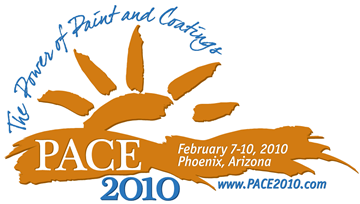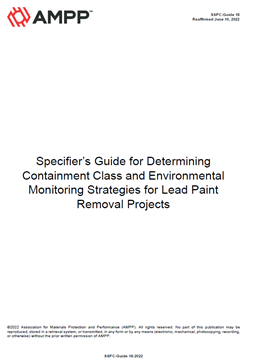Search
Products tagged with 'lead removal'
View as
Sort by
Display
per page
A Study of the Robert F. Kennedy (Triborough) Bridges New York, New York
Product Number:
41210-568-SG
Publication Date:
2010
$20.00
Lead Stabilizing Additives: From Theory to Implementation
Product Number:
41207-329-SG
Publication Date:
2007
$20.00
SSPC-Guide 18-2022, Specifier’s Guide for Determining Containment Class and Environmental Monitoring Strategies for Lead Paint Removal Projects
Product Number:
SSPC-GUIDE 18-2022
Publication Date:
2022
$109.00



